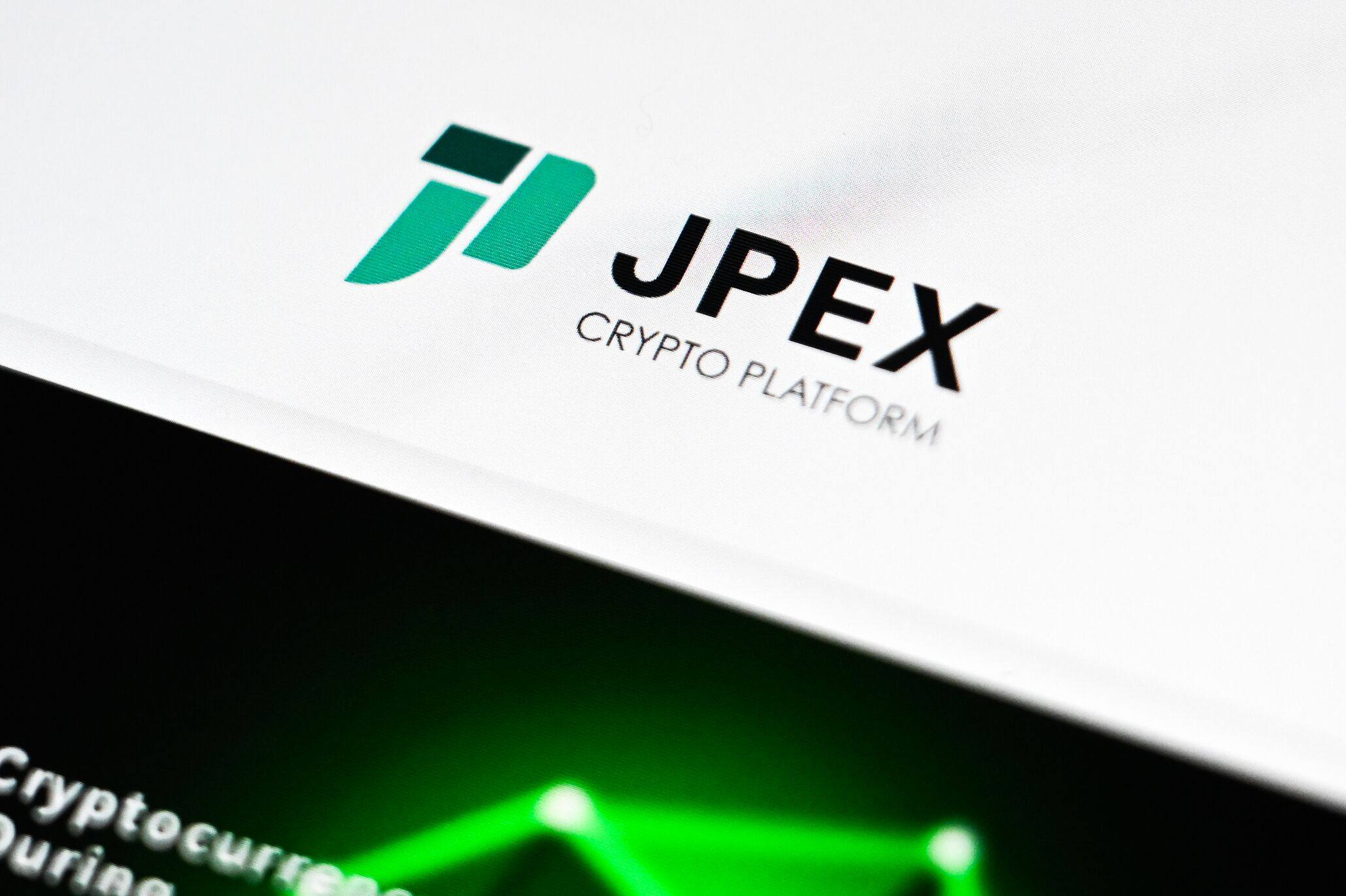Tether Holdings, the issuer of the world’s largest stablecoin, USDT, is reportedly exploring lending options for commodities trading companies as it seeks new ways to deploy this year’s profits amid the broader market recovery.
According to Bloomberg, the discussions involve potential US dollar lending opportunities with various firms in the commodities sector, which often grapples with access to credit.
Tether Sees New Credit Solutions For Commodity Firms
Commodity trading companies that rely heavily on credit lines, such as Trafigura Group, have large networks of lenders, with $77 billion in credit lines from about 150 institutions as of March, according to Bloomberg. By contrast, smaller companies often struggle to secure the funding they need to keep their operations running smoothly.
Tether’s proposition is particularly appealing because its funding mechanisms would not be encumbered by the regulatory requirements that conventional banks impose. This could lead to faster payment processing and more efficient trade execution.
While private credit has begun to make inroads into commodity trade finance, Tether asserts that it possesses the necessary capital to enter this space. In its latest financial attestation two months ago, Tether reported a substantial $5.2 billion in profits for the first half of 2024, showcasing its financial strength and capacity for investment.
In an interview with Bloomberg News, Tether CEO Paolo Ardoino confirmed that the company is actively exploring opportunities in the commodities sector, although he noted that these discussions are still in the early stages. “We are interested in exploring different commodity trading possibilities.”
USDT Used By Russian And Venezuelan Firms
The traditional model of commodity trade financing typically involves banks providing traders with a set credit limit for acquiring and transporting goods. This business practice is generally considered low-risk due to the liquid collateral involved.
However, Bloomberg highlights that new entrants to the commodity finance arena have faced challenges, particularly as they navigate a landscape marked by high-profile failures and scandals.
The commodity trading sector has experienced significant upheaval in recent years, particularly following Russia’s invasion of Ukraine, which caused extreme price fluctuations and strained liquidity, showcasing the industry’s dependence on the US dollar.
This has led to the US government imposing sanctions on the export of natural resources and reportedly fostering a growing interest in alternative funding methods, including the use of stablecoins.
Interestingly, the report suggests that at least two prominent Russian metals producers have begun utilizing Tether’s USDT for cross-border transactions, while Venezuela’s state-run oil company, PDVSA, has also adopted the stablecoin for oil shipment payments.
To support its foray into trade finance, Bloomberg revealed that Tether has assembled a dedicated team to explore these opportunities. Tether executives have attended key industry events, including a commodity finance gathering in Geneva and LME Week in London, further showcasing the firm’s commitment to this new direction.
Featured image from DALL-E, chart from TradingView.com





